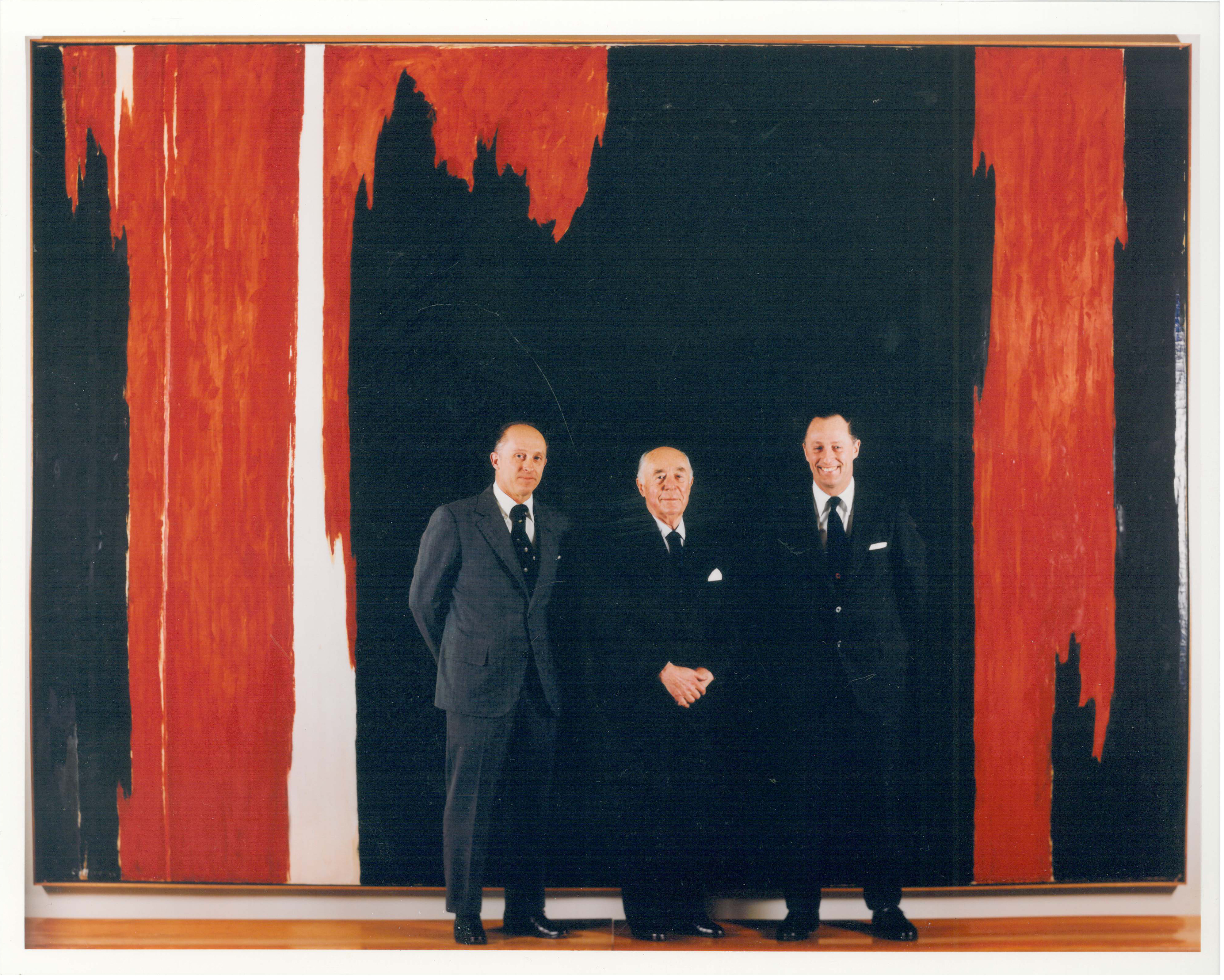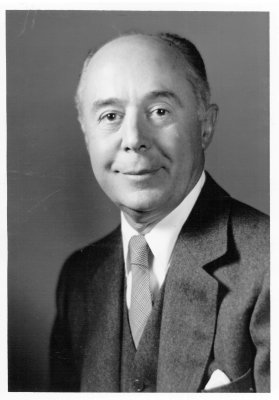Learn more about Seymour H. Knox, Jr.'s gifts to the museum.


Described by some as “the dean of American art patrons,” Seymour H. Knox, Jr., relied on business affiliations, family fortunes, and common sense to reinvigorate the notion of philanthropy. After graduating from Yale University in 1920, Knox, Jr., went on to direct several prominent corporations—Marine Midland Bank, the F. W. Woolworth Company, New York Central Railroad, and the American Steamship Company—while also dedicating himself to art.
Shortly after being elected as president of the Buffalo Fine Arts Academy Board in 1938, Seymour H. Knox, Jr., and other members of the Knox Family provided the inaugural donations for The Room of Contemporary Art, the purpose of which was to present and implement an artist-centric philosophy of collecting. The Room resulted in the immediate acquisition of works by Paul Cézanne, Giorgio de Chirico, Paul Klee, Fernand Léger, Henri Matisse, Joan Miró, Amedeo Modigliani, Pablo Picasso, Henri Rousseau, and Chaïm Soutine. It also helped to facilitate the museum’s acquisition of Henry Moore’s Reclining Figure, 1935–36, the first work by the British sculptor to enter the collection of an American art museum.
Knox worked in close collaboration with Director Gordon M. Smith from 1955 through the early 1970s to acquire cutting-edge art for the collection and to expand the museum so that the fruits of their collaboration could be properly presented. Exploratory trips, mainly to New York, were a critical part of the process. Smith made initial visits to galleries; set up viewings with Knox; and then, if a work passed muster, facilitated its shipment to Buffalo. Among the many works brought into the collection through their endeavors were Arshile Gorky’s The Liver Is the Cock’s Comb, 1944; Jackson Pollock’s Convergence, 1952; Franz Kline’s New York, N.Y., 1953; Adolph Gottlieb’s Frozen Sounds II, 1952; Sam Francis’s Blue-Black, 1952; and Mark Rothko’s Orange and Yellow, 1956—all of which were accessioned on a single day as gifts through funds provided by Knox. Other gifts from Knox include signature works by Francis Bacon, Willem de Kooning, Richard Diebenkorn, Helen Frankenthaler, Grace Hartigan, Hans Hofmann, Jasper Johns, Lee Krasner, Roy Lichtenstein, Marisol, Agnes Martin, Joan Mitchell, Robert Motherwell, Bridget Riley, David Smith, Clyfford Still, and Andy Warhol, several of which were purchased from Martha Jackson’s New York gallery.
In order to properly display this influx of new acquisitions, Buffalo-born architect Gordon Bunshaft, senior partner at Skidmore, Owings & Merrill, was selected to design an addition for the museum in 1958, funded, in large part, by donations from Knox and his family. The addition was dedicated by New York Governor Nelson A. Rockefeller on January 19, 1962, and the museum was renamed the Albright-Knox Art Gallery in honor of the Knox family’s generosity.
In 1960, Knox became Chairman of the New York Council on the Arts. In 1967, he was awarded the State University of New York at Buffalo Chancellor’s Medal, the highest honor given by the University to individuals who exemplify what it means to be a “great citizen of Buffalo.” In 1986, he was granted the National Medal of Arts, a mark of distinction given by the United States government to artists and arts patrons.
Learn more about Seymour H. Knox, Jr.'s gifts to the museum.
